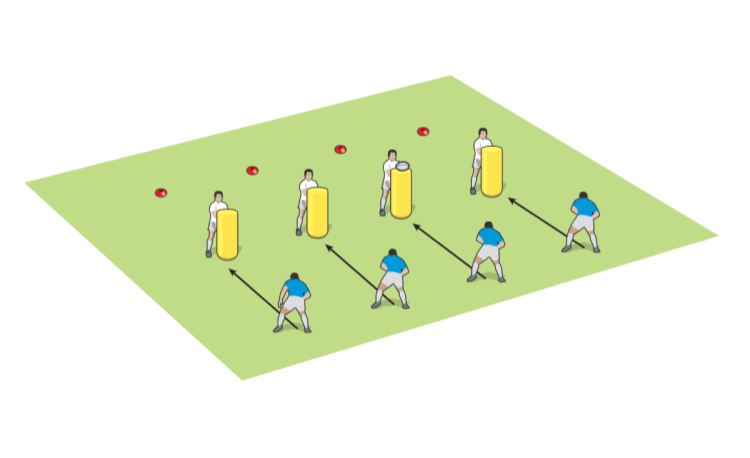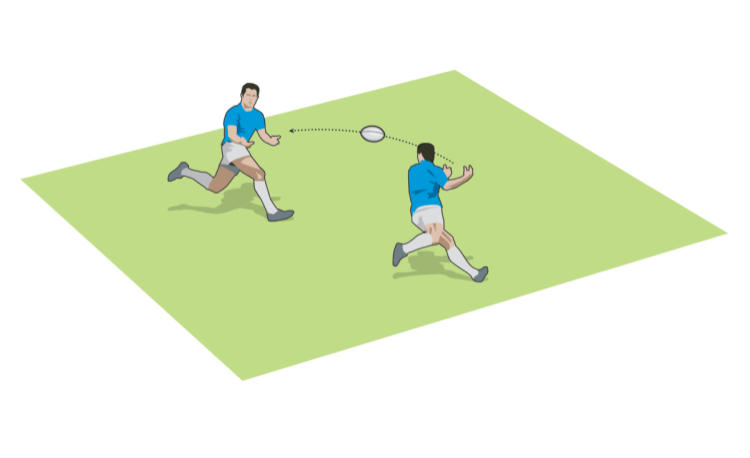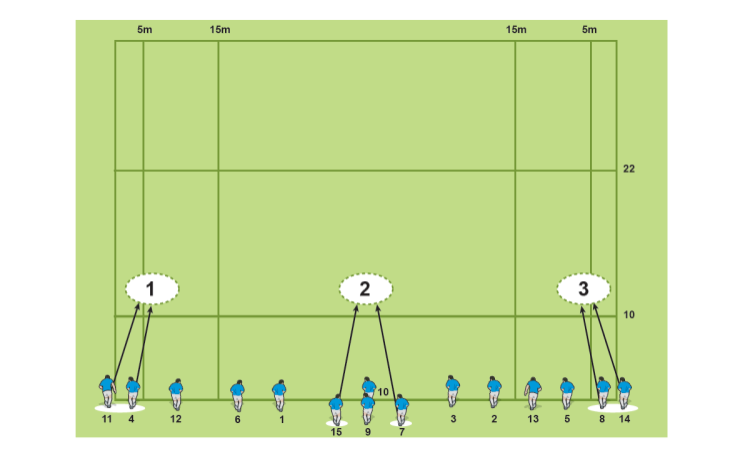You are viewing
1 of your 2 free articles
Tired of battles over homework? Use RCW reward charts to ease the pain
Reward charts are a tried and tested way to improve behaviour. Not because of the reward. Instead the framework, shared goals and targets allow kids to develop long-lasting good habits.
Our print-off charts give you a rugby theme. And your player can make them personal with their own decorations as well. There's a chart for girls and boys.
Here's how to make them work effectively for you.
We've given you eight steps, but you can start with just two or three.
On each step on the ladder, clearly state what you expect. Smiling or being nice is hard to measure. Tidying up the Lego, or completing a maths task sheet is much easier.
The timeframe to complete this chart should be about a week. So, what can a kid realistically expect to receive from a week's good behaviour? Not a new bike certainly. Brainstorming with the player might help, but keep the expectations at the right level.
Keep the reward chart as rewards. Don't use it as a stick, with steps back used as a possible punishment. A step back tends to be demotivating anyway.
We've giving the child plenty of spaces to colour in, so they could make it look great. They could also fill in the steps themselves. We suggest you could write this out on another piece of paper for them to copy in. Saves on a lot of rubbing out!
Save the images below to print out.
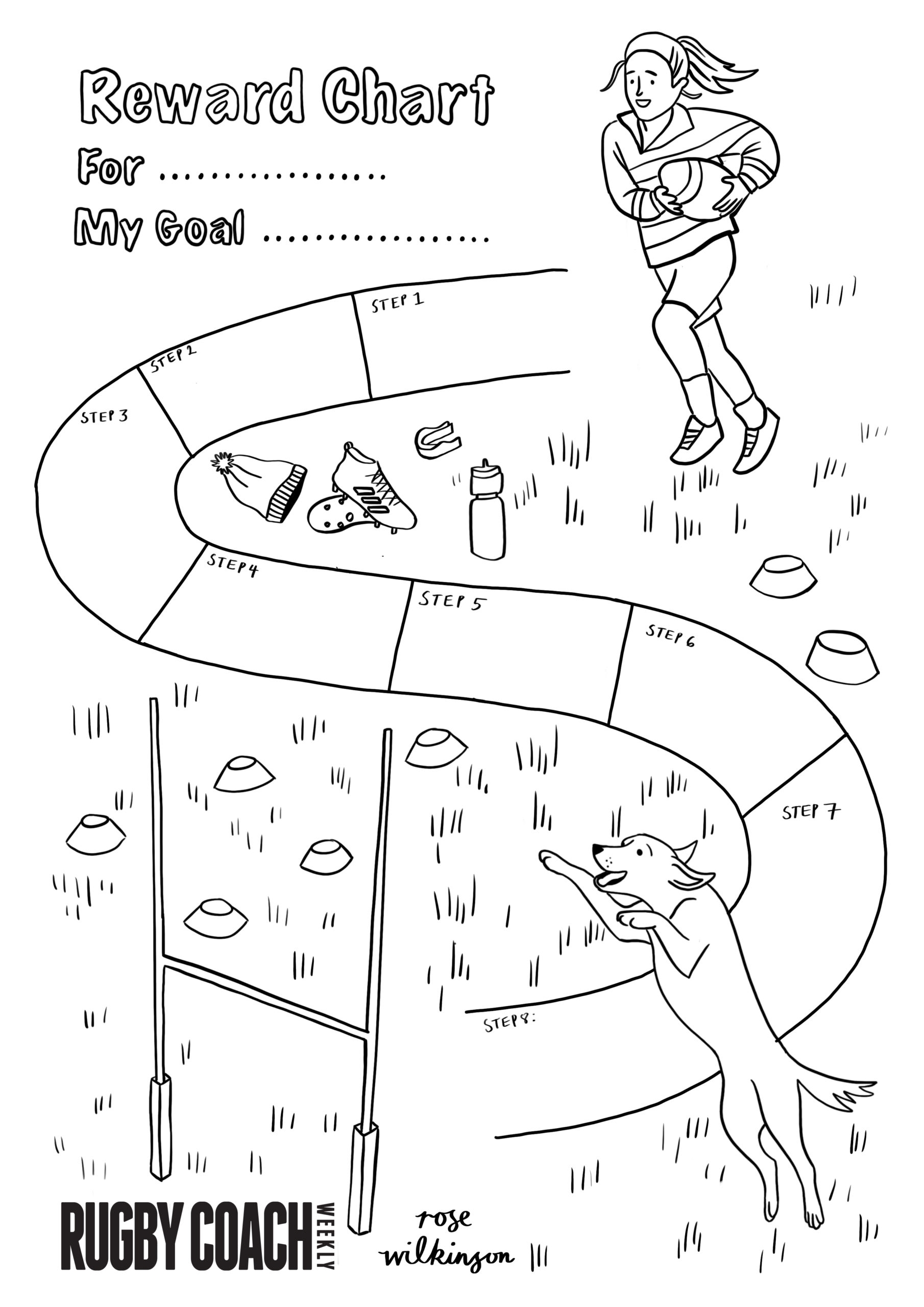
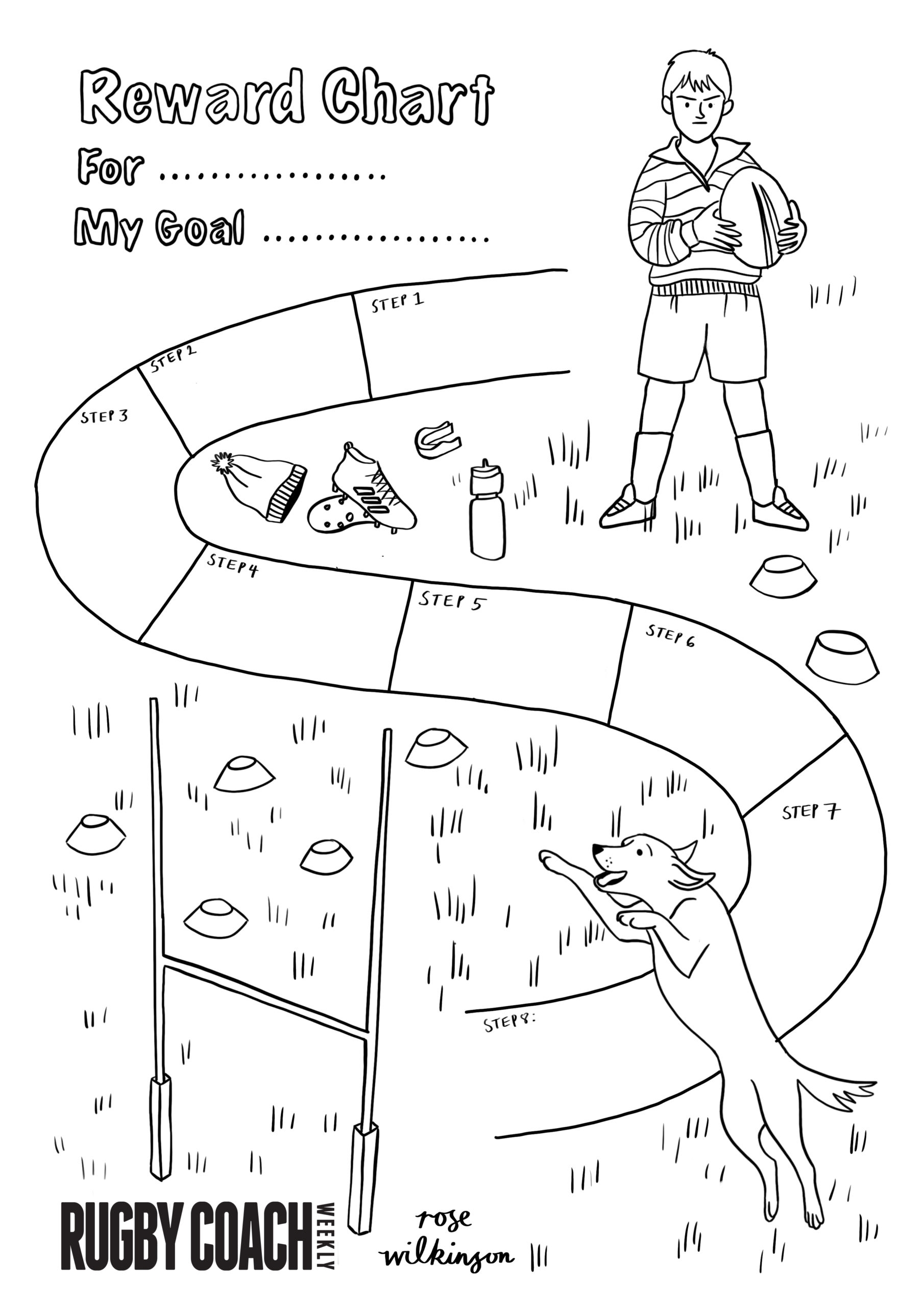
Here's what raisingchildren.net.au say about reward charts
Thinking about how much behaviour change to expect can help you and your child stay positive and realistic. You might look for small changes to reward before working your way up to a big change. For example, if you want your child to help more with tidying up, you could start by rewarding her for picking up the blocks. Then it could be the blocks and the dress-ups, and so on.
Your child might get bored with the same reward. To avoid this, you could work together to set up a reward ‘menu’ with a choice of rewards to spend his stickers on. For example, 5 stickers = a game with mum or extra time before lights out, 10 stickers = a trip to the park or a small toy.
If your child can get the reward in other ways, it won’t be effective. For example, rewarding your child with a play at the swimming pool won’t work so well if she usually gets a play swim after her swimming lesson each week.
Our print-off charts give you a rugby theme. And your player can make them personal with their own decorations as well. There's a chart for girls and boys.
Here's how to make them work effectively for you.
KEEP IT SIMPLE
We've given you eight steps, but you can start with just two or three.
BE SPECIFIC ON STEPS
On each step on the ladder, clearly state what you expect. Smiling or being nice is hard to measure. Tidying up the Lego, or completing a maths task sheet is much easier.
SMALL PRIZES
The timeframe to complete this chart should be about a week. So, what can a kid realistically expect to receive from a week's good behaviour? Not a new bike certainly. Brainstorming with the player might help, but keep the expectations at the right level.
NO STEPS BACK
Keep the reward chart as rewards. Don't use it as a stick, with steps back used as a possible punishment. A step back tends to be demotivating anyway.
MAKE IT THEIRS
We've giving the child plenty of spaces to colour in, so they could make it look great. They could also fill in the steps themselves. We suggest you could write this out on another piece of paper for them to copy in. Saves on a lot of rubbing out!
Save the images below to print out.


Here's what raisingchildren.net.au say about reward charts
Reward charts: making them work for you
If you make an effort to notice when your child is behaving well, you keep the focus on encouraging good behaviour. For example, your child might be hitting about once a day. You could try looking for two times in the day when he’s keeping his hands to himself, and give him stickers for those two times on the reward chart. Remember to reward the behaviour as soon as you see it to keep your child motivated.Thinking about how much behaviour change to expect can help you and your child stay positive and realistic. You might look for small changes to reward before working your way up to a big change. For example, if you want your child to help more with tidying up, you could start by rewarding her for picking up the blocks. Then it could be the blocks and the dress-ups, and so on.
Your child might get bored with the same reward. To avoid this, you could work together to set up a reward ‘menu’ with a choice of rewards to spend his stickers on. For example, 5 stickers = a game with mum or extra time before lights out, 10 stickers = a trip to the park or a small toy.
If your child can get the reward in other ways, it won’t be effective. For example, rewarding your child with a play at the swimming pool won’t work so well if she usually gets a play swim after her swimming lesson each week.
Newsletter Sign Up
Coaches Testimonials

Gerald Kearney, Downtown Las Vegas Soccer Club

Paul Butler, Florida, USA

Rick Shields, Springboro, USA

Tony Green, Pierrefonds Titans, Quebec, Canada
Subscribe Today
Be a more effective, more successful rugby coach
In a recent survey 89% of subscribers said Rugby Coach Weekly makes them more confident, 91% said Rugby Coach Weekly makes them a more effective coach and 93% said Rugby Coach Weekly makes them more inspired.
Get Weekly Inspiration
All the latest techniques and approaches
Rugby Coach Weekly offers proven and easy to use rugby drills, coaching sessions, practice plans, small-sided games, warm-ups, training tips and advice.
We've been at the cutting edge of rugby coaching since we launched in 2005, creating resources for the grassroots youth coach, following best practice from around the world and insights from the professional game.
More from us
© 2023 Rugby Coach Weekly
Part of Green Star Media Ltd. Company number: 3008779
We use cookies so we can provide you with the best online experience. By continuing to browse this site you are agreeing to our use of cookies. Click on the banner to find out more.









